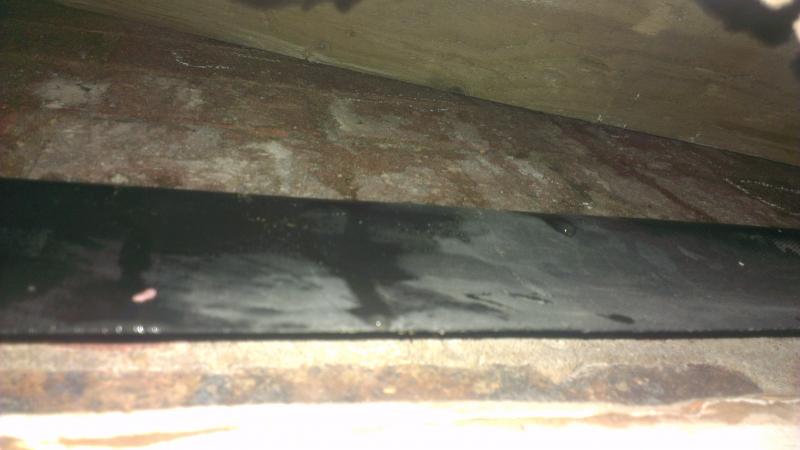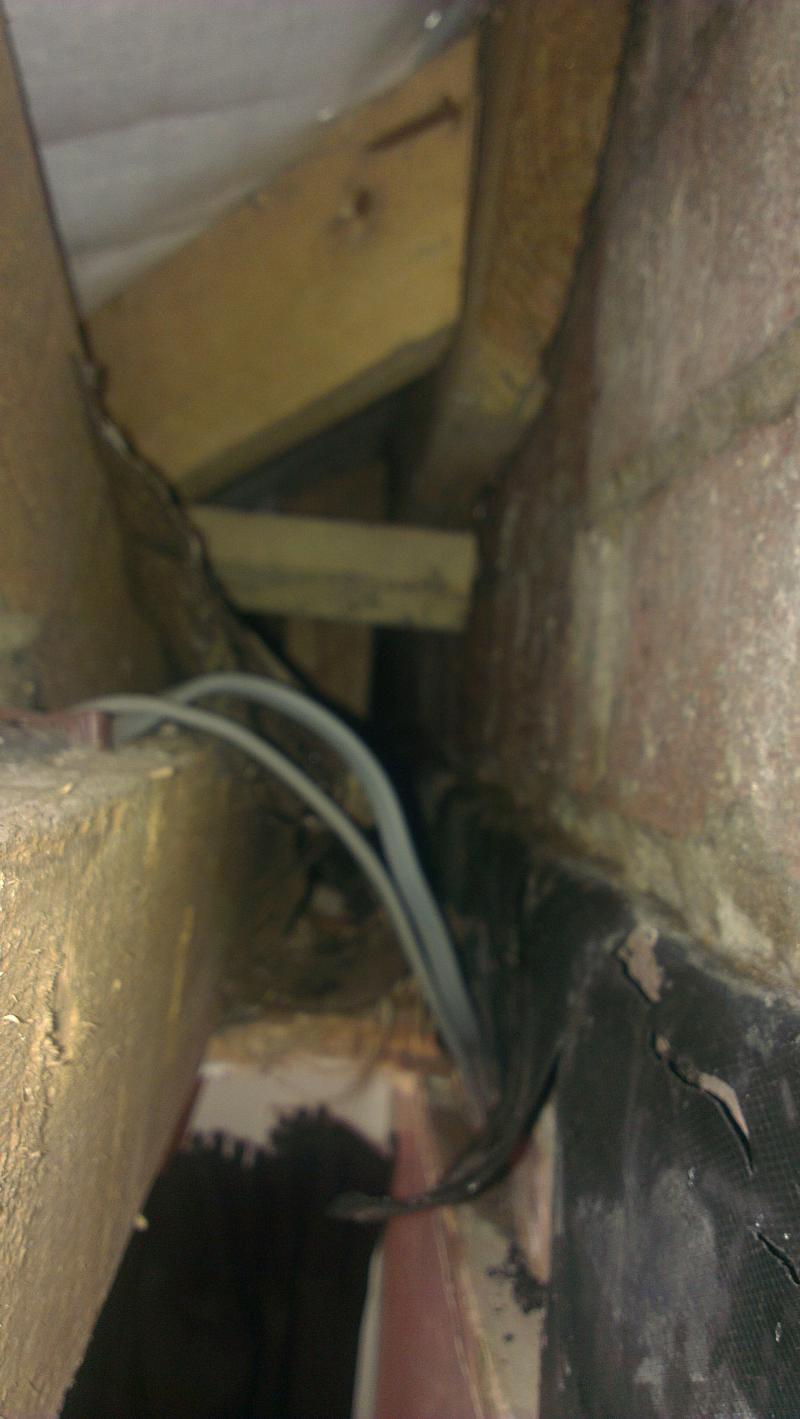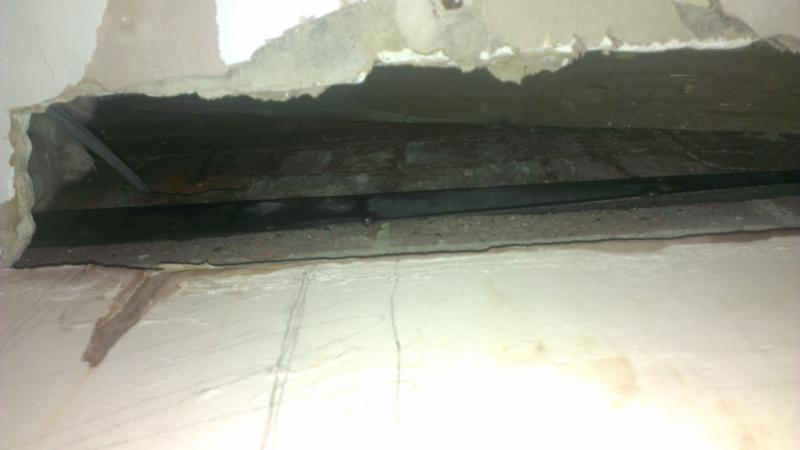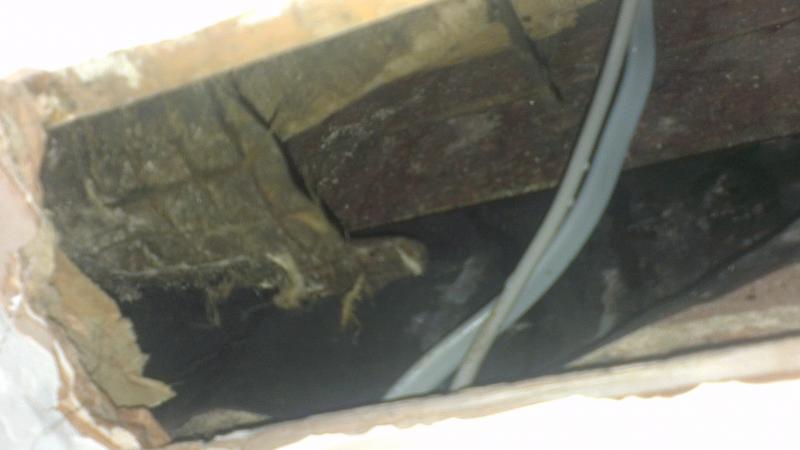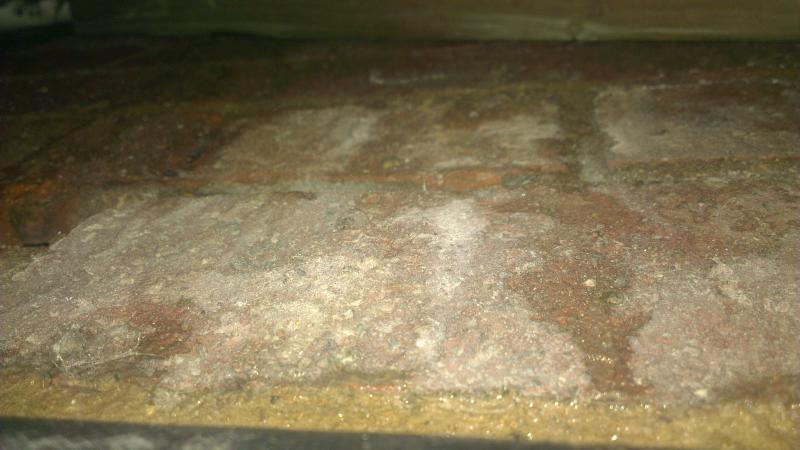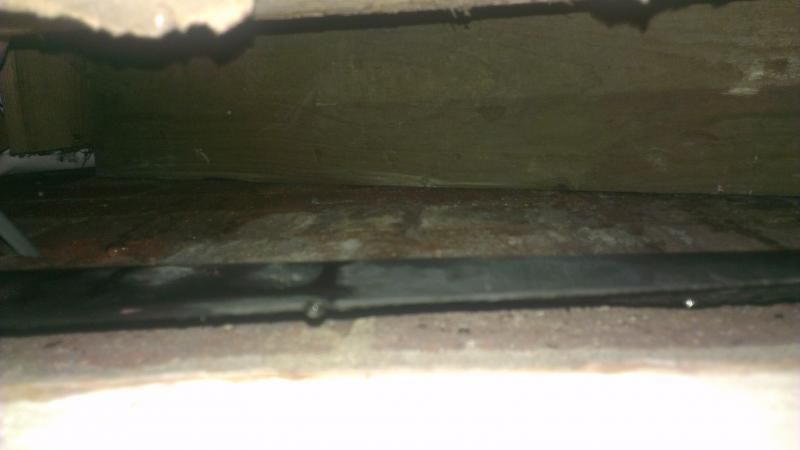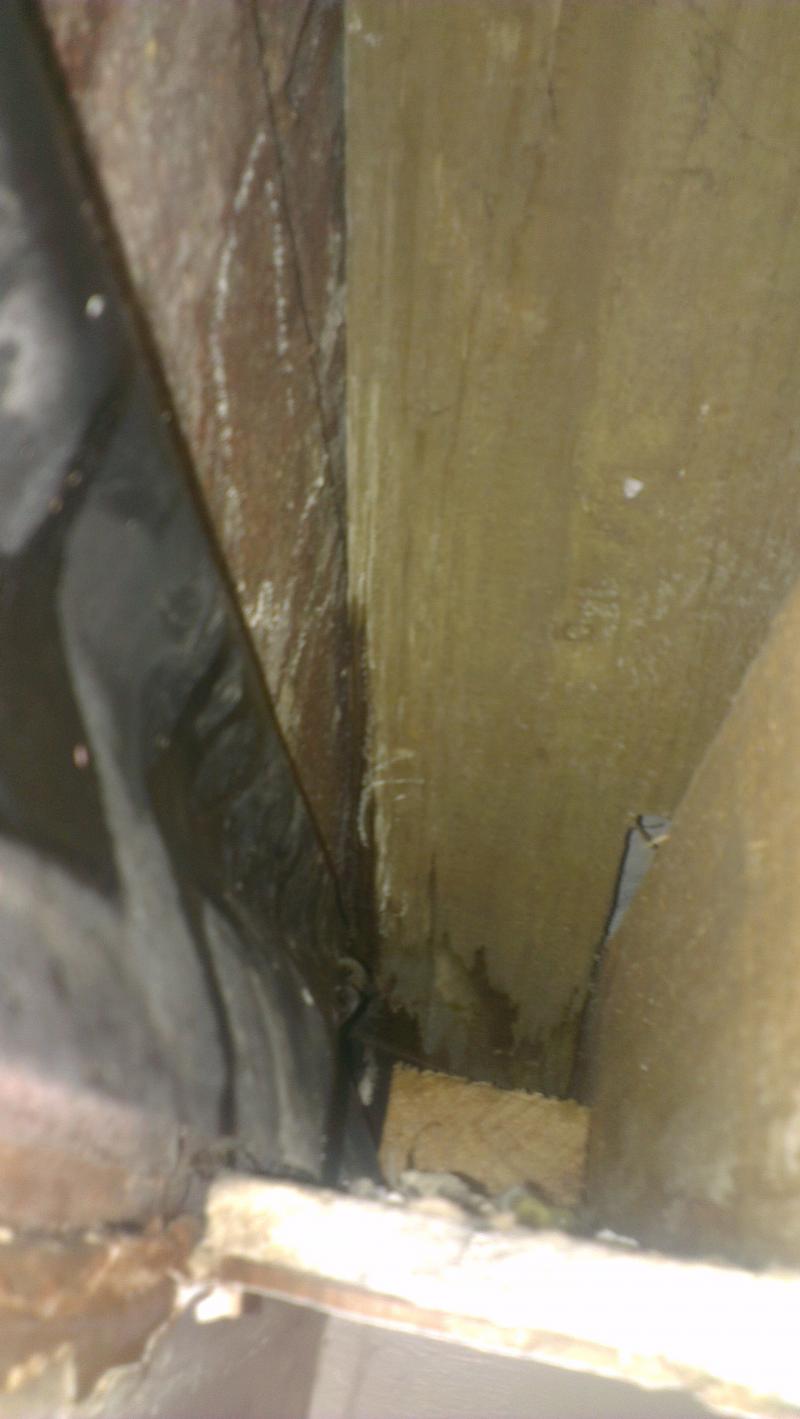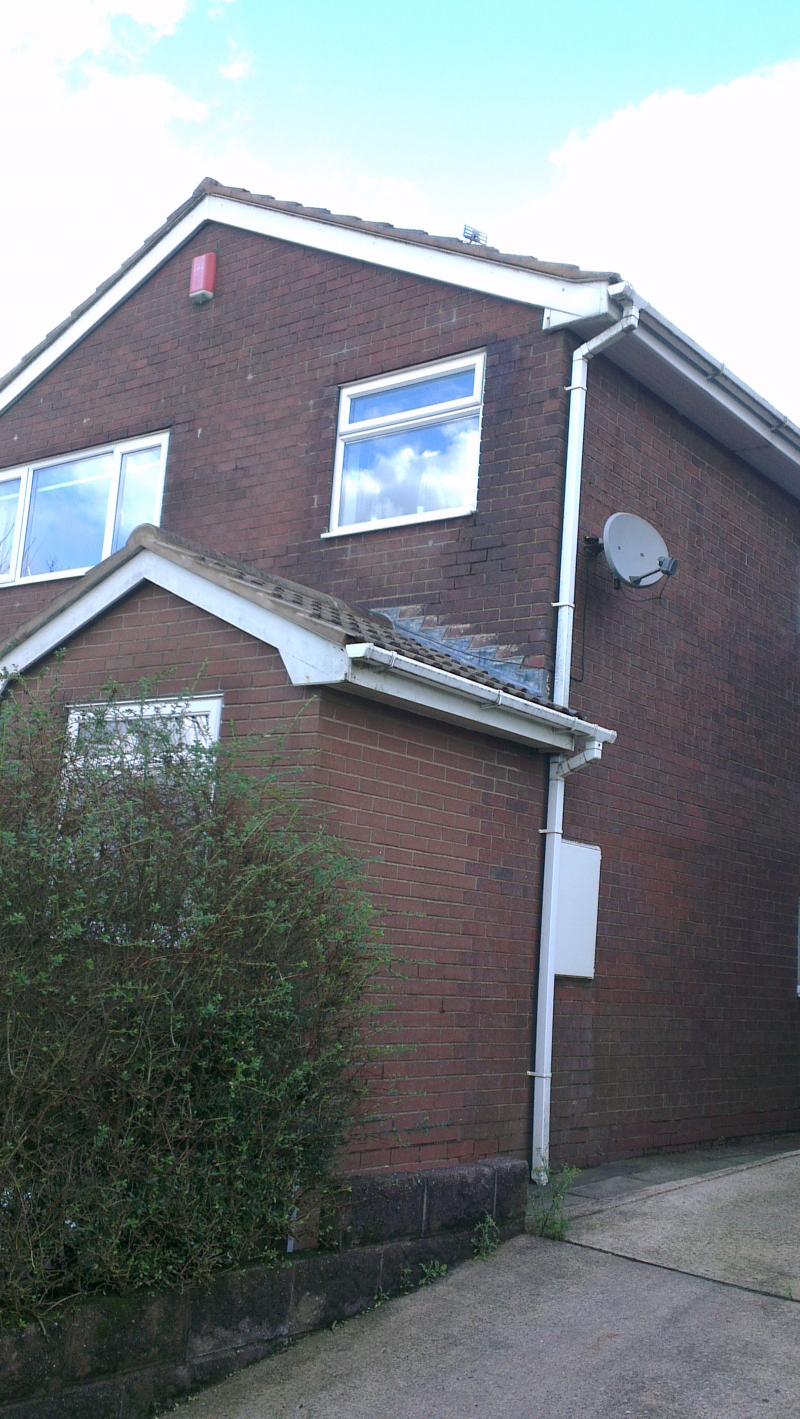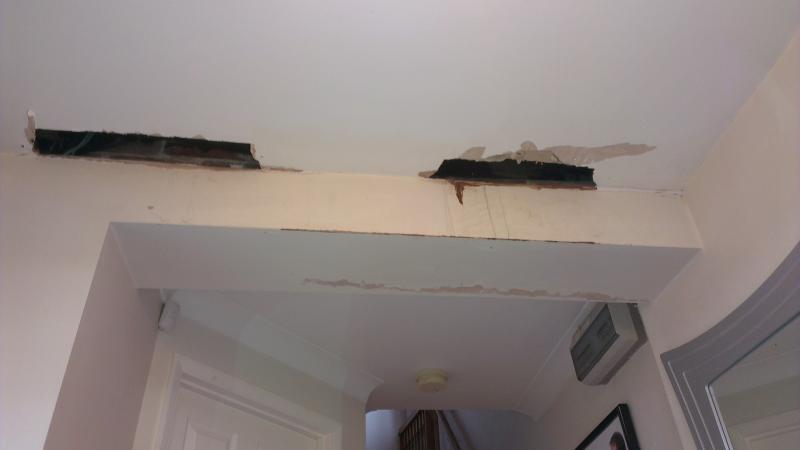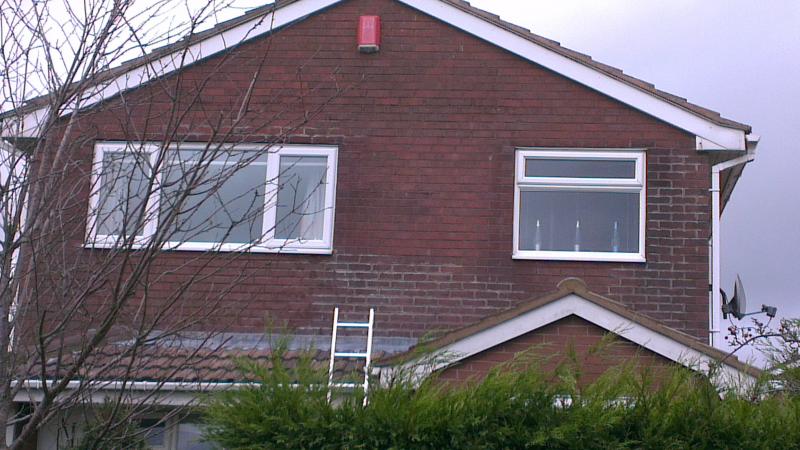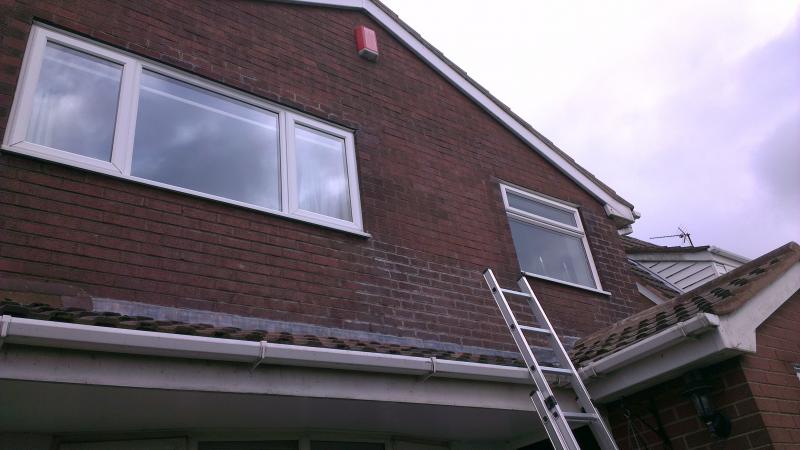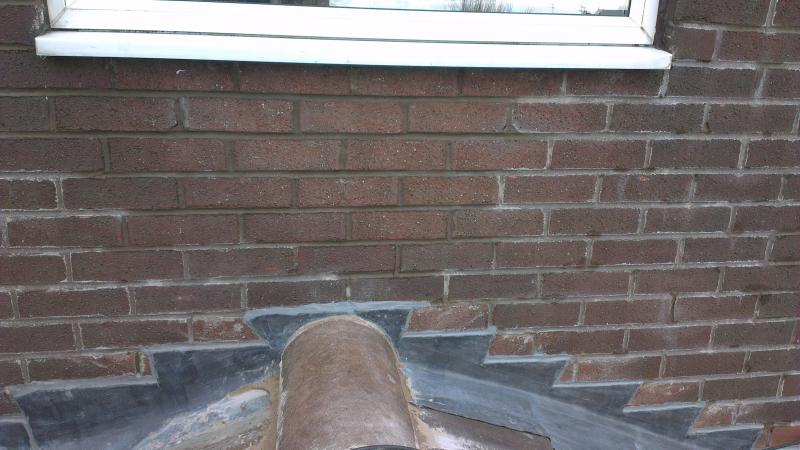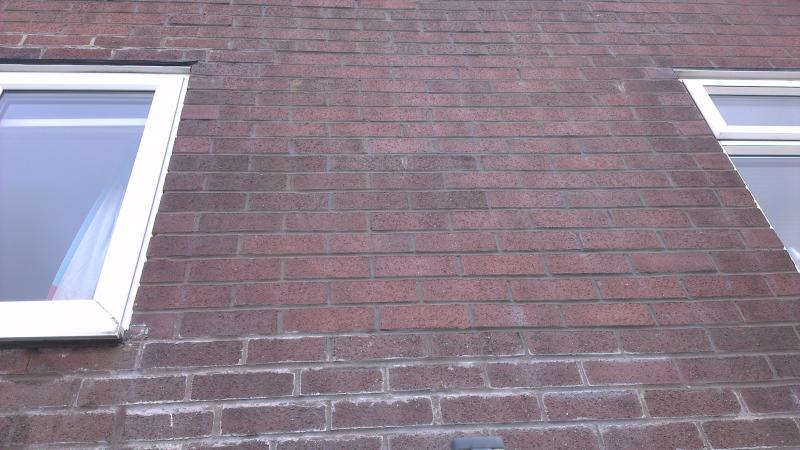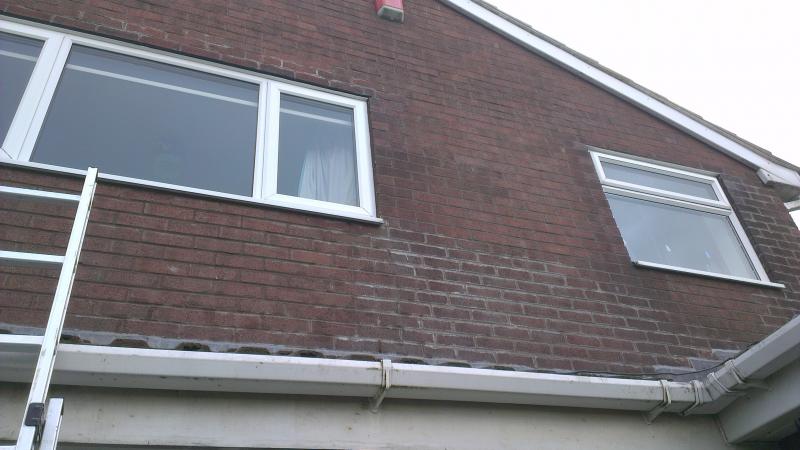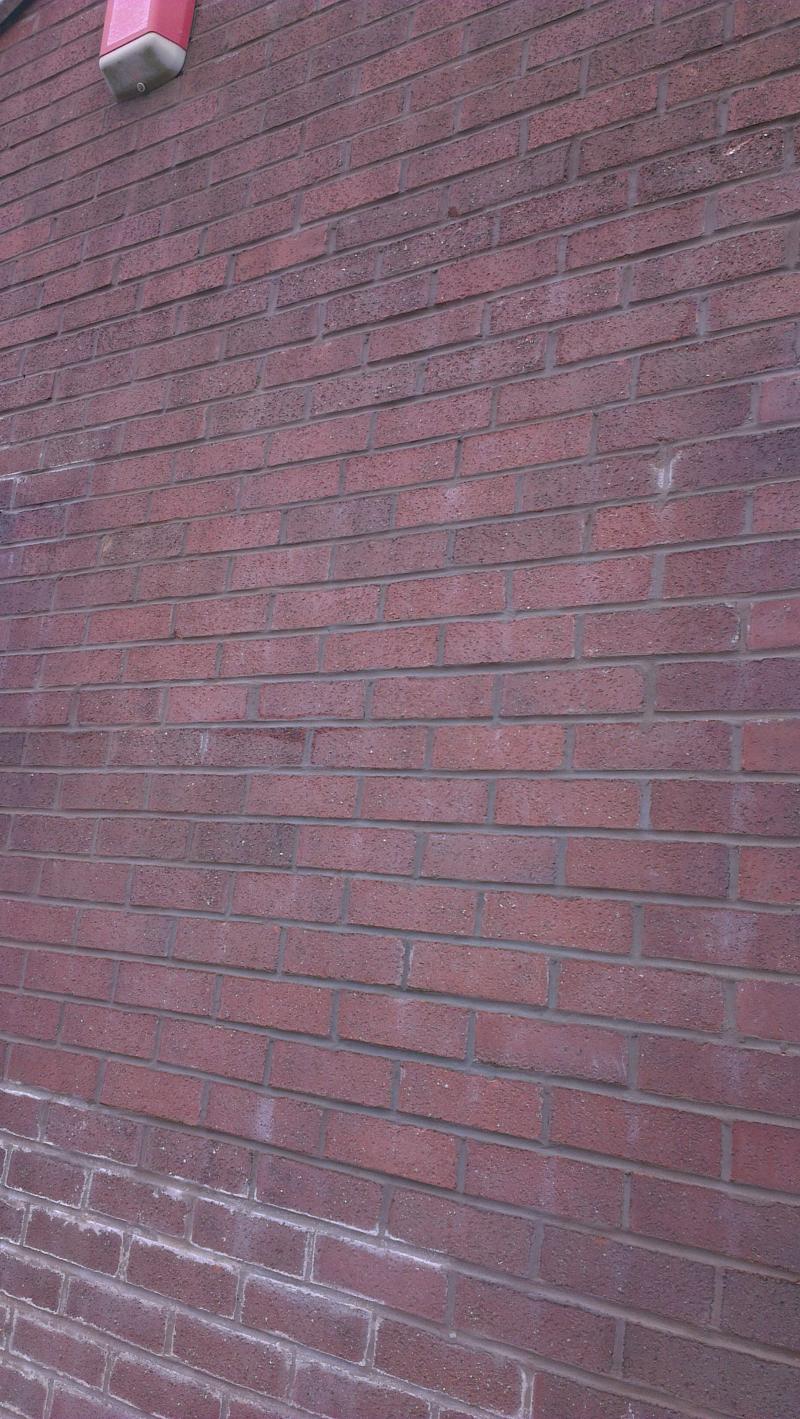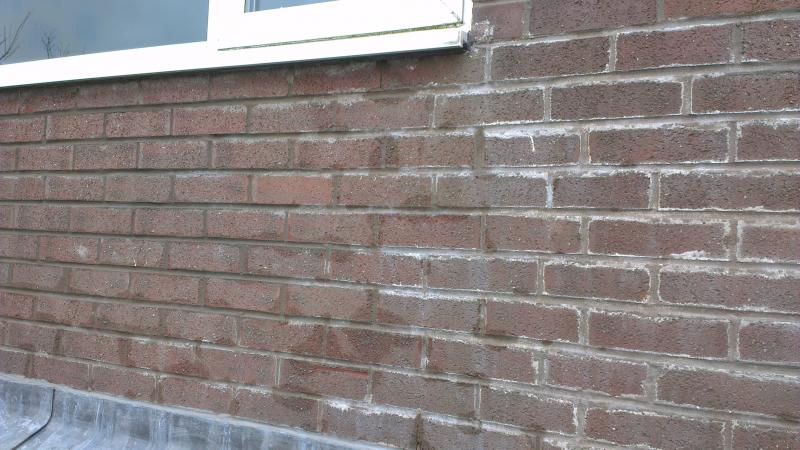Hi guys, hoping for a pointer in the right direction with this problem that is driving me to my wits end....
I will try and explain as best as can with my level of knowledge.
I have been having water come into my house where the hallway extension meets the original front of the property. It was originally noticed coming in through where the ceiling of the hallway meets the original part of the house.
I have cut out 2 inspection holes to see where the water is coming in from and have included some pictures of what i see - see end of this post for link. (i will also put up some photos of the exterior of the house as it is too dark to take them now)
Tonight with the massive downpour we had, we have had a lot of water come into the lounge from above the bay window. This has only happened 3-4 times in the last few years.
I had the small roof done 2 years ago, the front of the house re pointed a couple of months ago, also a lead soaker was put in where the main ingress of water is coming in & I have dug out and 're-leadmated' around half of the leadwork / flashing to see if this cured the problem. None of these appear to have worked
My question is have any of you seen anything similar and if so what is the likely cause? Porus bricks? Something else?
If you need any more info, please ask and I will do my level best to answer.
Any help would be much appreciated as this has been going on for too long now and I am losing the will to live with it.
Thanks in advance,
Dan.
View media item 73059
View media item 73062
View media item 73065
I will try and explain as best as can with my level of knowledge.
I have been having water come into my house where the hallway extension meets the original front of the property. It was originally noticed coming in through where the ceiling of the hallway meets the original part of the house.
I have cut out 2 inspection holes to see where the water is coming in from and have included some pictures of what i see - see end of this post for link. (i will also put up some photos of the exterior of the house as it is too dark to take them now)
Tonight with the massive downpour we had, we have had a lot of water come into the lounge from above the bay window. This has only happened 3-4 times in the last few years.
I had the small roof done 2 years ago, the front of the house re pointed a couple of months ago, also a lead soaker was put in where the main ingress of water is coming in & I have dug out and 're-leadmated' around half of the leadwork / flashing to see if this cured the problem. None of these appear to have worked
My question is have any of you seen anything similar and if so what is the likely cause? Porus bricks? Something else?
If you need any more info, please ask and I will do my level best to answer.
Any help would be much appreciated as this has been going on for too long now and I am losing the will to live with it.
Thanks in advance,
Dan.
View media item 73059
View media item 73062
View media item 73065


